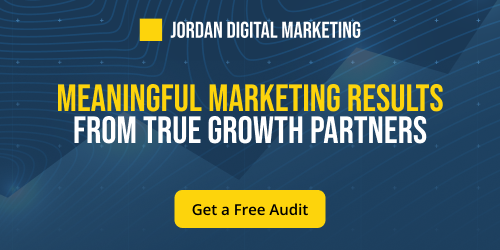Video Advertising on Reddit: Updates and Best Practices
LinkedIn just rolled out a few key updates to Campaign Manager that—finally—feel like features advertisers actually wanted. We’re always watching what platforms roll out to get a sense of where things are headed, and this latest batch of updates from LinkedIn (see their official announcement here) is definitely worth a deeper look.
Here’s a quick review of what we’re most excited about—and how we’re planning to use each update in our day-to-day account management.
1. Ads Duplication (Finally!)
We’ll start with the best news: you can now duplicate ads across campaigns and even across accounts. This update is a major time-saver, especially for those of us managing multi-audience tests or client accounts with lots of overlapping content.
This update will likely save at least 30 minutes per campaign—and probably more when testing variations. Before, if you were testing the same ads across audiences, you had to rebuild everything. Now, you just duplicate the campaign and swap the audience or tweak one line of copy.
This is a small-but-mighty quality-of-life improvement we’ve enjoyed for years on Meta, and we’re thrilled LinkedIn is catching up.
2. Media Planner Tool
The new Media Planner lets you forecast potential campaign results based on different audience, placement, and budget scenarios. It estimates reach, impressions, leads, and cost-per-result based on your inputs.
I am interested to play around with it more to see how accurate it is. While projections always need to be taken with a grain of salt, this tool could come in handy for setting realistic expectations—especially with smaller-budget clients who need clarity on what they can get from a $2K/month budget on a premium platform like LinkedIn.
It could also help support business cases for increased spend by visualizing how much more a budget bump could actually yield.
3. Dynamic UTMs at the Account Level
This one flew under the radar a bit, but it’s a huge win for clean, consistent tracking. Dynamic UTMs have been available at the campaign level since last year, but now you can set them up once at the account level and stop worrying about whether every new campaign has the right tracking in place.
I will 1000% be using this feature. The biggest win is eliminating manual errors—this ensures campaign ID, ad ID, and other tracking variables are applied automatically. This has been standard on Google and Meta for a while now. It was time.
No more forgotten parameters. No more broken tracking. Just better data.
Our Overall Take on LinkedIn’s Early-2025 Updates
These might not be flashy feature launches, but they’re exactly the kind of updates that make account management smoother, faster, and more scalable. LinkedIn’s recent focus on enabling better measurement—between Offline Conversions, CAPI, and the Revenue Attribution Report—shows they’re serious about proving their value, especially in B2B where sales cycles can stretch 12–16 months.
So far in 2025, we’ve seen great performance for clients who are using the platform as intended: building demand, reaching their ICP with smart offers, and layering in attribution tools to tell the full story.
We’re still crossing our fingers for one more major update this year: the ability to run image and video ads in the same campaign. (Come on, LinkedIn. Give the people what they want.)
Until then, we’ll be over here duplicating ads like pros and enjoying a little more breathing room in our builds.
As always, drop us a line if you want a guiding hand in how to use LinkedIn to grow your pipeline with high-ROAS campaigns!
Tags:

Apr 15, 2025 7:30:00 AM

-2.png?width=500&height=500&name=Regular%20Blog%20Hero%20(9)-2.png)


-1.png?width=500&height=500&name=Regular%20Blog%20Hero%20(8)-1.png)